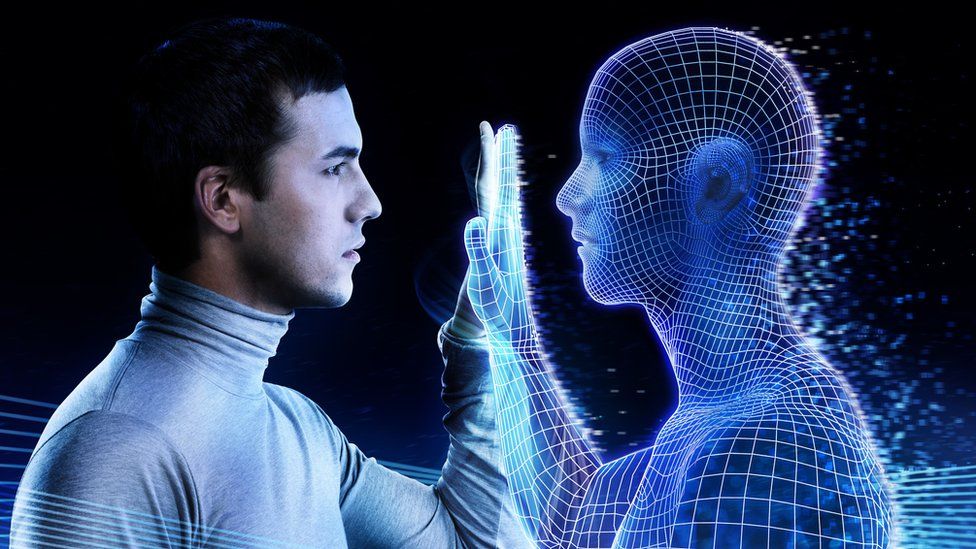The vision of smart cities overflowing with interconnected technology and data-driven solutions has shifted from fantasy to reality across the globe. At the core of this digital transformation is a powerful convergence: the synergy between simulations, Internet of Things (IoT) data, and digital twins. This is enabling context-aware, intelligent AI systems that introduce a new paradigm for urban efficiency and sustainability.
Simulations: Exploring “What If” Scenarios
Simulations establish the basis for this intelligent environment. They operate as digital sandboxes, permitting city leaders, engineers, and policy creators to assess various situations and determine the potential effects of multiple decisions before rollout.
Consider simulating the impacts of a new traffic flow system on congestion models or predicting the energy needs of an expanding urban populace. These simulations, driven by advanced analytics and historical data, deliver valuable perceptions and promote proactive planning, decreasing risks and enhancing resource distribution.
IoT Data: The Real-Time Pulse of Smart Cities
However, simulations lack the real-time heartbeat of a metropolitan area. This is where IoT devices enter the equation. They operate as the sensory network, accumulating extensive data from multiple urban domains, like:
- Traffic Flow: Sensors planted in roads, intersections, and cameras gather real-time traffic statistics, enabling dynamic traffic administration and route enhancement.
- Environmental Conditions: Air quality sensors, noise sensors, and weather stations collect data on pollution concentrations, noise pollution, and weather patterns, assisting environment tracking and predictive maintenance.
- Energy Consumption: Smart meters in structures and throughout the grid analyze energy utilization, permitting intelligent energy optimization and resource utilization.
- Public Safety: Sensors in public areas can identify potential risks and emergencies, allowing for quicker response times and advanced public safety efforts.
This massive ocean of data, continuously gathered and streamed in real-time, becomes the lifeblood of smart city AI frameworks.

Digital Twins: Bridging Physical and Virtual Worlds
The magic truly unfolds when IoT data intersects with digital twins. A digital twin is a virtual replica of a physical entity, in this case, the entire city. By combining real-time IoT data with historical data, simulations, and geospatial material, digital twins produce a dynamic illustration of the city, reflecting its physical condition in the virtual realm.
This virtual counterpart enables:
- Real-time monitoring: City leaders can track the city’s performance in real-time, obtaining insights into traffic flow, energy usage, and ecological conditions across neighborhoods.
- Predictive maintenance: By researching historical data and current sensor readings, the system can expect potential infrastructure issues, permitting proactive maintenance and decreasing downtime.
- Scenario testing: Digital twins support continuous simulations within the virtual city, allowing for evaluating interventions and enhancing solutions before real-world activation.
Context-Aware AI: Smarter Cities Through Convergence
The genuine potential exists in the symbiosis between these three components. Simulations give a basis for decision-making, IoT data provides real-time observations, and digital twins connect physical and virtual realms. This convergence empowers context-aware AI frameworks that can:
- Adapt to changing conditions: The AI system can investigate real-time data from IoT devices and calibrate its decision-making grounded in the current context, enhancing traffic flow, energy use, and resource distribution.
- Learn and progress: By studying historical data and past decision outcomes, the AI system can persistently learn and refine its decision-making abilities, resulting in a more effective and responsive urban setting.
- Identify and tackle emerging challenges: The combined power of simulations, IoT data, and digital twins enables proactive identification of potential problems, allowing preventive actions and guaranteeing city resilience.
The Road Ahead: Intelligent Cities Powering the Future
The integration of simulations, IoT data, and digital twins denotes a major step forward in smart city progression. By harnessing context-aware AI, we can build cities that are:
- More efficient: Enhanced traffic flow, energy administration, and resource distribution lead to improved city functionality.
- More sustainable: By optimizing resource use and furthering renewable energy sources, smart cities can enable a greener future.
- More livable: Advanced traffic management, strengthened public safety, and effective resource allocation can dramatically uplift citizen quality of life.
The voyage towards AI-powered intelligent cities is ongoing, with constant technological and analytical innovations setting the stage for even more advanced and impactful solutions. As we press forward, cooperation between city planners, technologists, and residents will be vital in forming the future urban landscape, transforming cities into vibrant innovation hubs.
















Add Comment